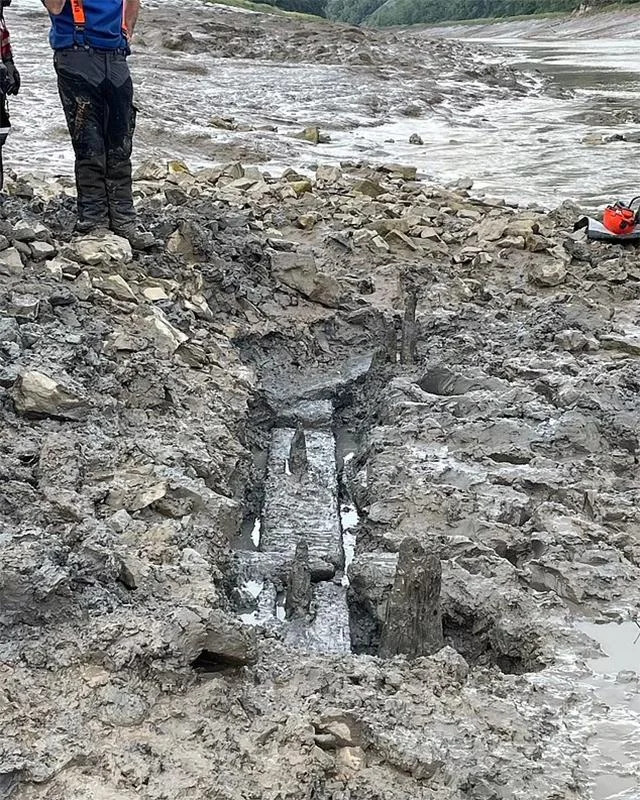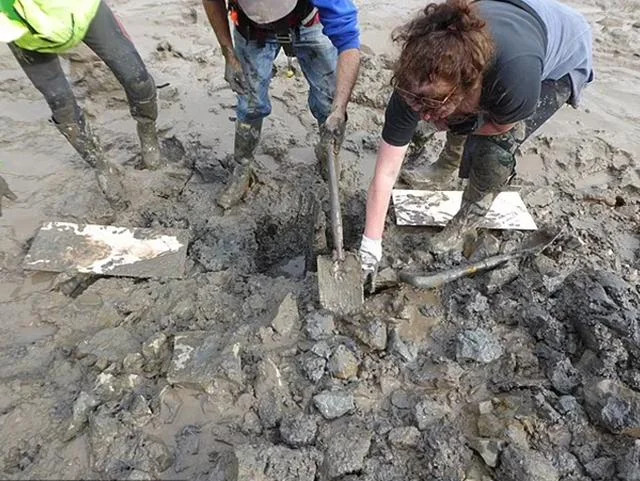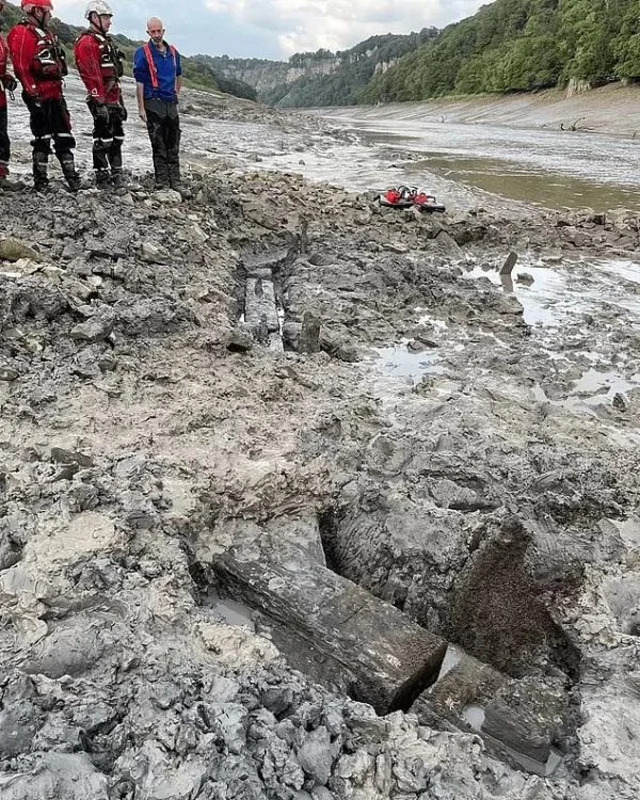In a remarkable archaeological discovery, researchers have unearthed a 2,000-year-old wooden Roman bridge beneath the muddy banks of the River Wye in Chepstow. This ancient structure once served as a vital connection between England and Wales, offering new insights into Roman engineering and regional history.
The Unexpected Discovery

During an extreme low tide event, archaeologists from the Chepstow Archaeological Society (CAS) spotted upright timbers emerging from a tidal pool. Led by Simon Maddison, the team quickly recognized the historical significance of their find. The preserved timbers and sophisticated joinery techniques revealed the advanced engineering capabilities of Roman builders.
Historical Context and Significance

The bridge dates back nearly two millennia, when Chepstow was a key settlement in the Roman road network. It played a crucial role in facilitating trade, communication, and cultural exchange between the regions that would later become England and Wales. This discovery adds another chapter to Chepstow’s rich historical narrative, which spans from prehistoric times through the Roman, Anglo-Saxon, and Norman periods.
Rediscovery and Excavation Challenges

While the bridge’s existence was first documented in 1911 by Dr. Orville Owen, it had been lost to time beneath layers of river mud. The recent excavation faced numerous challenges, requiring support from the Severn Area Rescue Association (SARA) to navigate hazardous conditions. Despite these obstacles, the team successfully exposed significant portions of the bridge, including its original pier and cutwater structure.
Engineering Marvel

The bridge showcases the ingenuity of Roman engineers, featuring sturdy piers and intricate joinery that have withstood two millennia of environmental challenges. Its strategic location along the River Wye demonstrates the Romans’ sophisticated understanding of infrastructure planning and their commitment to maintaining efficient communication and trade routes.
Video
Cultural Impact and Future Research

This discovery represents more than just an archaeological find; it provides tangible evidence of ancient connectivity and its influence on trade, culture, and society. As researchers continue their analysis, including dendrochronological and Carbon-14 dating of timber samples, this ancient structure promises to reveal more about the region’s development and the engineering prowess of Roman builders.
The bridge stands as a testament to the enduring legacy of Roman engineering and serves as a powerful reminder of the historical connections that continue to link England and Wales. Its discovery not only enriches our understanding of ancient British history but also highlights the importance of preserving and studying our shared cultural heritage.

